The current state of the art in relativistic electron radiation belt models for operational needs come in two flavours – a “nowcast” based on data assimilation of relevant and timely measurements (such as used in meteorology or oceanography) into a physics based model, and limited “forecasts'' based on statistical forecasts of indices or solar wind parameters that govern the dynamics in physical models.The FARBES (Forecast of Actionable Radiation Belt Scenarios) project limits its ambition to simple, achievable prediction goals that are of utility to satellite operators while avoiding the pitfalls of past projects. We hold that while it may be impossible to accurately predict the outbreak of a space weather event, once an event has started we have the tools to predict subsequent behavior and to update our predictions during the event. While we may not be able to globally predict in detail the subsequent dynamic behavior, we can provide actionable forecasts for satellite operators on a few key event characteristics:
We overcome the data-assimilation nowcast limitations by using physics-based models driven by simple, affordable and reliable ground-based real-time inputs only, we overcome our inability to accurately forecast magnetospheric drivers by using a scenario-driven forecast approach for radiation belt dynamics starting with nowcast and is constantly refined during an event by the ongoing availability of real-time model inputs.
Funded by the European Union. Views and opinions expressed are however those of the author(s) only and do not necessarily reflect those of the European Union or European Health and Digital Executive Agency. Neither the European Union nor the granting authority can be held responsible for them.







FARBES (Forecast of Actionable Radiation Belt Scenarios) is a scientific research project funded by the European Union in the Horizon Europe programme under the project No. 101081772. FARBES aims at provision of actionable information on future high-energy electron (“killer electron”) environments for spacecraft operators, based on easily sustainable ground-based drivers and measurements with the most-likely scenario based forecast of the radiation belt dynamics. To achieve this, we will implement a series of key innovations and advances compared to previous efforts in radiation belt prediction:
Objectives
Deliverables
Objectives
Deliverables
Objectives Prepare the radiation belt model Salammbô to allow forecasting using the ground based drivers developed in WP1 and WP2 and define relevant scenarios for different radiation belts disturbances:
Deliverables
Objectives
Deliverables
Objectives The objective of this WP is to provide the maximum diffusion of the relevant results achieved in the project and the preparation of an exploitation plan. To this purpose, the following activities will be carried out:
Deliverables
Objectives
Deliverables
The coordinator (ELTE) leads the unique, global AWDANet ground based VLF receiver network enhanced in PLASMON EU FP7-Space project The WP1 tasks are based on the data collected by the AWDANet receivers. It also produced several passive VLF wave experiments (SAS instruments) successfully flew/flies on Active, Compass-2, Chibis-M and Relek satellites as well as on the ISS. This group is also active in theoretical and modelling studies for wave propagation in magneto-ionic media. It also coordinates the EMMA magnetometer array and has long experience in ULF wave research, and especially in the analysis of ground based and space magnetometer data. ELTE participates and is the Co-I in a European consortium that established a ground based plasmasphere mass density monitoring network during the course of the PLASMON FP7 project. This monitoring network could yield ULF data and derived products like DLL , plasma mass density. ELTE in collaboration with GFZ (Potsdam, Germany) developed a new technique to obtain plasmapause positions from LEO magnetometer data. This PP proxy could be also useful for the current project.
ELTE will coordinate the FARBES project and therefore lead WP6 (Management of the consortium). ELTE will also lead WP1 (Specification of in-situ natural wave environment based on ground based VLF data), and contribute to all other work packages.

lityi@sas.elte.hu

orsi@sas.elte.hu
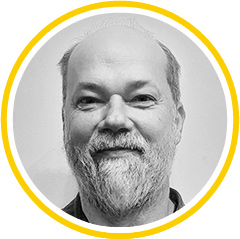
balazsheilig@gmail.com
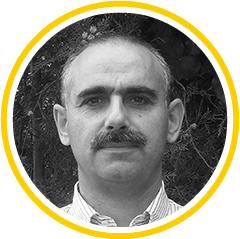
steinb@sas.elte.hu
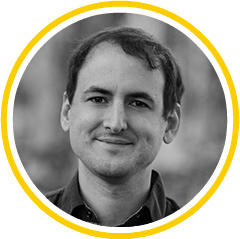
Bozoki.Tamas@epss.hu
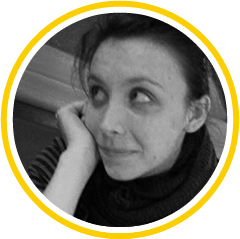
lilla@sas.elte.hu

szilard@sas.elte.hu
The Measurements and Environment Modelling team of the ONERA Space Environment Department has long experience with developing reliable and global models of the dynamics of the radiation belts. On one hand, the team has been developing a physics-based model of the radiation belts named Salammbô for years, and on the other hand, has developed a large database of in-situ measurements from more than one hundred pairs of particle detector - satellites (see section 4.1.2 for more details). This expertise will be used to the benefit of the FARBES project in combining new and innovative ground-based drivers (developed in WP1 and WP2) into a single but internationally-recognized model of the radiation belts to emphasise their potency in the framework of Space Weather.
The ONERA team will also contribute to the FARBES project in optimising the driving of radiation belt models by ground-based drivers and will provide data assimilation nowcasts and in-situ data to validate the results obtained during the project. They will use their radiation belts expertise to define relevant scenarios and highlight the ability of ground-based drivers to shape the dynamics of the radiation belts depending on the origin of the disturbances impacting the magnetosphere. Finally, thanks to their updated data assimilation tool and model during the FARBES project, the ONERA team will be able to provide the scientific base needed by the consortium to transfer actionable ground-based information to Space Weather required information, as desired by stakeholders.
ONERA will lead WP3 (Radiation Belt model using ground-based drivers) and will contribute to WP2 (Extending and testing existing methods that derive radial diffusion coefficients from ground-based ULF data), WP4(Validation of scenario-based predictions using ground based drivers), and WP5 (Dissemination and exploitation of the results)

vincent.maget@onera.fr
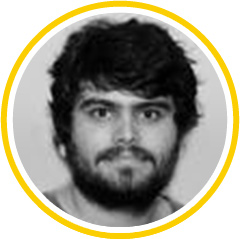
antoine.brunet@onera.fr

nourallah.dahmen@onera.fr

angelica.sicard@onera.fr
The Institute of Atmospheric Physics (IAP) has a long experience with development and building of scientific instruments dedicated to investigations of the Earth ionosphere and magnetosphere. A series of five MAGION microsatellites were successfully developed, built, and operated Associated by a team scientists and engineers at IAP. Recently, IAP has developed a broadband receiver for the upcoming TARANIS mission of the French space agency CNES, a time domain sampling analyzer for the ESA Solar Orbiter mission, and similar instruments for the Resonance and Luna-Glob spacecraft projects. Prototypes of electromagnetic wave analyzers for the ESA JUICE and ExoMars 2022 missions are being prepared. IAP operates a spacecraft telemetry station which is now used to receive data from the ESA Cluster mission.
IAP also participates in analysis and scientific interpretation of data from several spacecraft missions (DEMETER, Cluster, Double Star, Stereo, Themis, Cassini, and Van Allen Probes). IAP also conducts ground-based VLF and HF observations and develops models of VLF wave activity in the radiation belt region. These capabilities will directly serve the FARBES project.
IAP will lead WP5 (Dissemination and exploitation of the results) and will contribute to WP1 (Specification of in-situ natural wave environment based on ground-based VLF data), WP3 (Radiation Belt model using ground-based drivers), and WP4 (Validation of scenario-based predictions using ground based drivers).

os@ufa.cas.cz
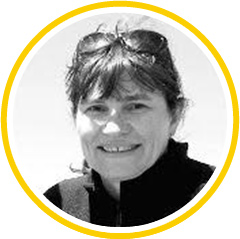
iko@ufa.cas.cz

soucek@ufa.cas.cz

dp@ufa.cas.cz
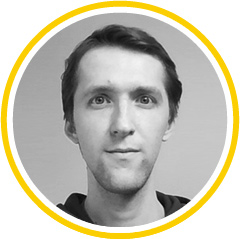
mha@ufa.cas.cz
The Space Physics group at the National and Kapodistrian University of Athens (NKUA) are co-PI of the ground-based HellENIc GeoMagnetic Array (ENIGMA) that monitors magnetic storm and ULF wave activity (Balasis et al., 2018). The group is experienced in analysing ULF wave observations with LEO satellites (participating also in the validation team of the Swarm mission), studying radiation belts with ground and satellite data (e.g. VAP, THEMIS) and developing statistical models of ULF and VLF wave activity depending on the level of geomagnetic activity and solar wind forcing for different magnetospheric regions (e.g. within the FP7 MAARBLE project that members of the group coordinated). These capabilities will directly serve the FARBES project.
NKUA will lead WP2 (Extending and testing existing methods that derive radial diffusion coefficients from ground-based ULF data) and will contribute to WP3 (Radiation Belt model using ground-based drivers), WP4 (Validation of scenario-based predictions using ground based drivers) and WP5 (Dissemination and exploitation of the results).
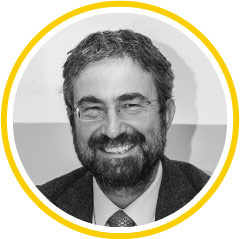
iadaglis@uoa.gr
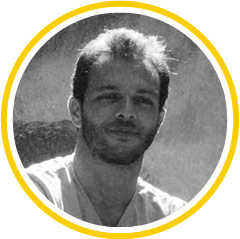
ckatsavrias@phys.uoa.gr
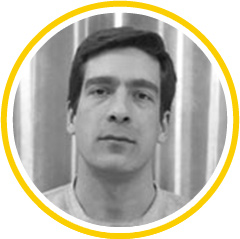
constantinos@sparc.gr
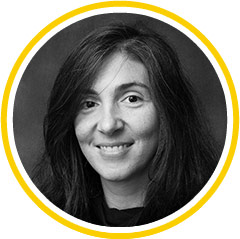
marjoram.georgiou@gmail.com
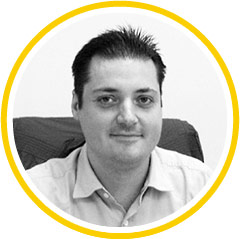
gbalasis@noa.gr
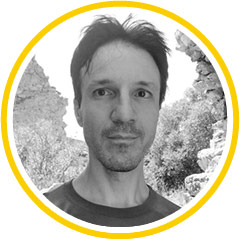
dimitrak@ualbert.ca
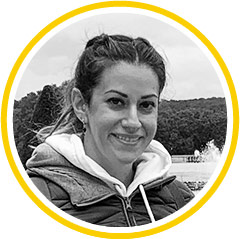
zboutsi@noa.gr
The British Antarctic Survey (BAS) is a component of the UK Research and Innovation (UKRI). Based in Cambridge, United Kingdom, it has, for over 60 years, undertaken the majority of Britain's scientific research on and around the Antarctic continent. BAS employs over 400 staff, and supports three stations in the Antarctic, at Rothera, Halley and Signy, and two stations on South Georgia, at King Edward Point and Bird Island. The Antarctic operations and science programmes are executed and managed from Cambridge, and rely on a wide-ranging team of professional staff. The work proposed in this project will be complementary to one of the main themes at BAS, the Space Weather and Atmosphere Team, which investigates the role of radiation belt processes in the acceleration and loss of electrons, and their impact on the atmosphere. This proposal is complementary to the work in the Space Weather and Atmosphere team (SWA), and many areas of cross-fertilisation will be developed as a result. Many of the scientists within SWA are world-leading figures, with great expertise in their fields. BAS will also provide key data sets for this proposal, contributing the 25 year VLF wave database recorded at Halley, Antarctica, as well as data from the AARDDVARK network.
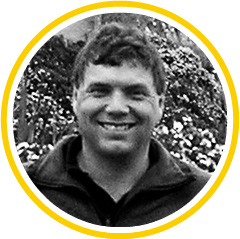
macl@bas.ac.uk

mml@bas.ac.uk
The New Mexico Consortium (NMC) is a non-profit research institute that is run cooperatively by Los Alamos National Laboratory (LANL), the University of New Mexico, New Mexico State University, and the New Mexico Technical University. As such, NMC combines an academic research atmosphere with LANL’s long history and expertise in the space sciences. For example, while the Van Allen Probes HOPE instrument was designed and built at Los Alamos, satellite operations, data analysis, and scientific research is now led by scientists jointly-appointed at LANL & NMC. Therefore space research at NMC facilitating academic and international collaborations while it also taps into and leverages the vast experience at LANL including: energetic particle measurement expertise; research experience with many NASA and ESA space missions (including Van Allen Probes, MMS, Cluster, Polar, CRRES, etc.); more than 30 years of data from multiple instruments on GPS and geosynchronous satellites; advanced models of the near-Earth space environment (including DREAM and SHIELDS). NMC’s role in this project is in intellectual leadership and guidance. The main ideas and structure for the FARBES proposal were developed by staff with NMC-LANL joint appointments. NMC is further an important first outside customer for the ground-based drivers developed in this proposal, through use of the DREAM3D radiation belt modelling effort and will serve as an independent and no-cost validator for this project.
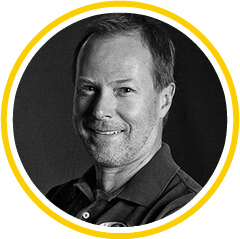
geoff@reevesresearch.org
Space Sciences, Eötvös University - ELTE
Prof. Janos Lichtenberger
Space Research Group, Department of Geophysics
and Space Sciences, Eötvös University
Budapest, Pázmány Péter sétány
1/A., H-1117 Hungary
Funded by the European Union. Views and opinions expressed are however those of the author(s) only and do not necessarily reflect those of the European Union or European Health and Digital Executive Agency. Neither the European Union nor the granting authority can be held responsible for them.